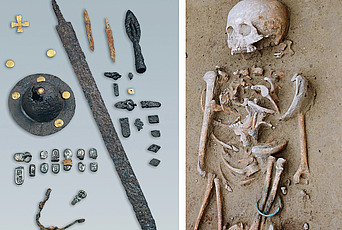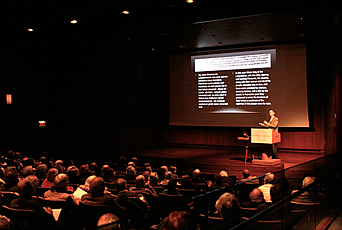Recent Study Probes Secrets of 6th Century European Barbarian Communities
Patrick J. Geary, Andrew W. Mellon Professor in the School of Historical Studies, directs an ongoing project to understand the social organization and migration of barbarian communities in 6th century Europe. He is also a lead author of a paper recently published in Nature Communications that provides the clearest picture yet of how some of these communities were organized and examines the relationship between indigenous and newly arriving populations during a particularly critical time in European history known as the Migration Period.
Through an analysis of two entire ancient cemeteries the team of geneticists, historians, and archaeologists was able to employ a comprehensive, multidisciplinary approach utilizing the latest DNA retrieval methods, which set these results apart from past efforts to understand the populations of this era.
In this video, Geary shares his perspective on the team’s findings, the significance of this data, how these methods can impact future research, and next steps to further understand these ancient communities.
The full paper Understanding 6th-Century Barbarian Social Organization and Migration through Paleogenomics is available at Nature Communications.
The global project was led by Geary and Professor Krishna Veeramah of Stony Brook University in the U.S.; Professor Johannes Krause of the Max Planck Institute for the Science of Human History in Jena, Germany; and Professor David Caramelli of the University of Florence in Italy.


